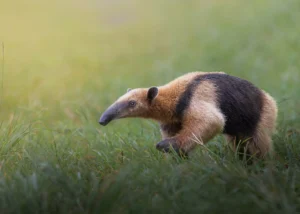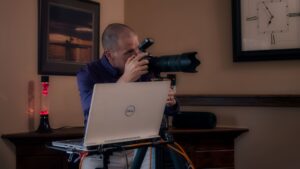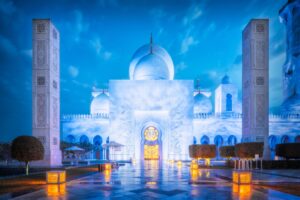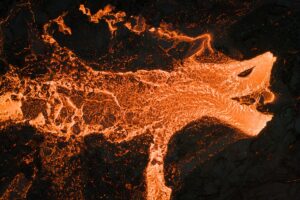
What I learned was to be able to switch that up, have lower expectations, look outside of the box, and really start thinking about how the landscape was speaking to me. When I was able to switch into that mindset, my work took off to another level, a level that I didn’t even expect when I first picked up the camera.
David Thompson
You can also listen to this episode on iTunes, Pocket Casts, Spotify, Castbox, and Google Podcasts.
Unleash your creativity behind the lens – join our photography community today!

In this episode, I talk to the very talented David Thompson. David is a landscape photographer who takes breathtaking photographs of the world around him. His wisdom, sense of humor, and openness allowed us to have an eye-opening conversation about
We talk about:
– how David takes landscape photographs from the heart
– the process of mentoring other photographers
– how to stay true to yourself as a photographer
& much more!
Speaking with David was an absolute pleasure! If you’re interested in taking authentic photographs of nature, mentoring/being mentored by photographers, and connecting with your passion, you should definitely listen to this episode.
Here’s a preview of our conversation with David Thompson.

Q: How do you decide how to capture a scene?
David Thompson: For me, it’s really simple. I let the light dictate what subject I shoot. It’s that easy. It’s a little bit different when you’re travelling and you have certain landscapes that depend on a certain type of light. In general, I let the light dictate what I shoot in the landscape.
If I have a cloudy, dramatic, moody day, I may shoot wide scenes because I like really dramatic skies. I think that’s one of the things that I’ve grown into over the years, versus the really colourful skies. I really like moody and dramatic landscapes. Sometimes, it might not work all the way because there’s not enough texture in the sky. If that’s the case, I’ll focus on small scenes – more intimate, abstract type scenes – if I can find them.
If I have clear blue skies, I’ll go shoot a landscape where I don’t need to include the sky. For example, Death Valley. I can go shoot the sand dunes and make intimate abstract scenes there. I can shoot the Badlands and make intimate abstract scenes there. As for the painterly stuff, I can throw the drone up and go abstract. I can look at different kinds of patterns and designs in the landscape that I wouldn’t necessarily be able to see from the ground.
There’s a whole lot that you can do depending on what the light is saying. The landscape talks to us. It’s a matter of how we capture that communication. In a nutshell, that’s basically how I determine what I’m going to shoot and how I’m going to shoot.

Q: What can photographers do to reconnect with their photography and start shooting from the heart again?
David Thompson: Get rid of all your expectations, anything that you expected to capture when you got out into the field. You need to take that and just throw it out the window, that whole thought process needs to go.
Once that is gone, you almost have a clean slate. With that clean slate, you go off of how you feel, what you’re seeing, and what the landscape is communicating to you. Once you can do that, the imagery that you capture becomes more personal and becomes a little bit more artistic.
With that being said, when it comes to the social media aspect of it, when you’re creating these images and you’re not sure how the masses are going to perceive them, that’s taking the risk. That’s part of the growing process: being able to take those risks, stepping outside of the box, and not shooting the stuff that we see every day.
On social media, that makes your work a little bit more unique. I think it also makes it more meaningful to you as the artist. Whether or not it does get on social media is something completely different. Having high expectations like “I’m going out there to create the most epic scene, and then I’m going to share it on social media, and I’m going to get all these likes”… it just doesn’t work. Once those expectations are gone and you really just get back to the core of why you picked up your camera (I know most of us didn’t pick up our camera for likes on social media) you get back to those basics. You can get past the other stuff.
Sometimes, it’s hard to reprogram ourselves to do that. We want the validation, we want people to like our work, we want people to see our imagery, we want all that. At the same time, there has to be that fine line of you being able to connect to your images. Once you connect with it, others will.

Q: What is the biggest difference between who you were when you first started as a photographer and who you are now?
David Thompson: Definitely more mature, more patient, more observant, and more thoughtful. If anything, I would say that thoughtfulness is the biggest thing that has evolved with my work, from film to where I’m at now.
I wasn’t really thought out when I was loading rolls of film, wasn’t thought out in terms of composition, light, metering the light, and so on.
Now, here in 2022, I’m a lot more methodical with my work, trying to be thoughtful about what I’m creating out there in the field. Going back to the film, there was none of that. There was no connection there at all. It was just trying to learn how to work the camera. There was no creative aspect.









